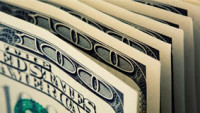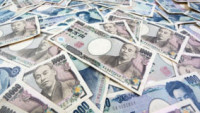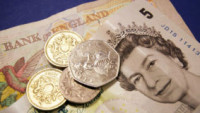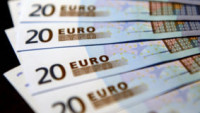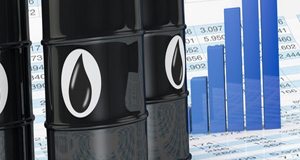 In the space of a week we’ve seen a record close in both the FTSE250, and the FTSE100 yesterday, as a weaker pound, as well as a firmer oil price helps to keep a floor under prices in equity markets.
In the space of a week we’ve seen a record close in both the FTSE250, and the FTSE100 yesterday, as a weaker pound, as well as a firmer oil price helps to keep a floor under prices in equity markets.
Brent crude prices hit their highest levels in a year yesterday after Russian President Vladimir Putin said that Russia was ready to co-operate with Saudi Arabia and OPEC to stabilise the oil market by either freezing or cutting output, as oil ministers get set to meet at the World Energy Congress in Istanbul later this week.
For all the talk Russia is still pumping at record levels and for any agreement to stick it is quite likely that the Saudi’s might have to cut output, which might not be as easy as it sounds. In any event all this chatter means that prices appear to be front running any agreement, which means that irrespective of whether the agreement happens or not prices are likely to fall back.
US stock markets also posted a decent recovery after Friday’s slide, helped in some part by a buoyant energy sector, as well as the perception that Presidential hopeful Donald Trump’s campaign appears to be unravelling as influential figures within his own party start to peel away from him as new revelations about his attitude towards women come to the fore.
The US dollar also had a decent day edging back towards its peaks last week, though it was outdone by the Canadian dollar which continued to gain from last week’s positive Canadian employment number and the rise in the oil price. It was also getting a tail wind from the receding prospect of a Trump Presidency, as was the Mexican peso, which has been acting as a bit of a loose proxy to the ebb and flow of Donald Trump’s political fortunes.
The pound has continued to come under pressure on the currency markets particularly against the US dollar as bearish bets against it continue to rise. Politics is continuing to drive its decline, given that the economic data remains fairly positive. Retail sales as monitored by the British Retail Consortium rose 0.4% in September, much better than expected, after a disappointing August, driven by food sales and the purchase of bigger ticket items like TV’s. Grocery sales in particular have risen by more than expected rising for three months in a row. Competitive pricing and resilient consumer confidence appear to be putting aside the wider doom and gloom being experienced by the currency.
Politicians in the EU remain insistent on exacting a price on the UK with the Luxembourg PM Bettel reinforcing that position. While this hard line inevitably serves a useful political purpose it also serves to exact an economic one, on Europe which is struggling to break out of a deflationary trap, which the decline in sterling will only exacerbate.
On the data front the latest German ZEW economic sentiment survey for October is expected to show an improvement from 0.5 to 4.
EURUSD – continues to look a little soggy after last week’s 7 week low which suggests we could well see move through 1.1100 towards the August lows at 1.1040. Upside resistance remains at the 1.1300 level.
GBPUSD – a flash crash last week saw the pound plunge below 1.2000 and another 31 year low. We need to recover back above the 1.2500 area, and regain a foothold back above 1.2850 to stabilise, or risk a return towards the 1.2000 area.
EURGBP – flashed up towards 0.9300 last week before snapping back and trading either side of the 0.9000 level. Support sits all the way back down at the 0.8780 level with a break arguing for a move back towards the 0.8720 level.
USDJPY – the US dollar failed to push through the September highs at 104.30 and fell back sharply towards 102.80. If it falls back below support in the 102.20 area we could well slip back further towards 100.00. For the up trend to continue we need to push back above 104.30.




